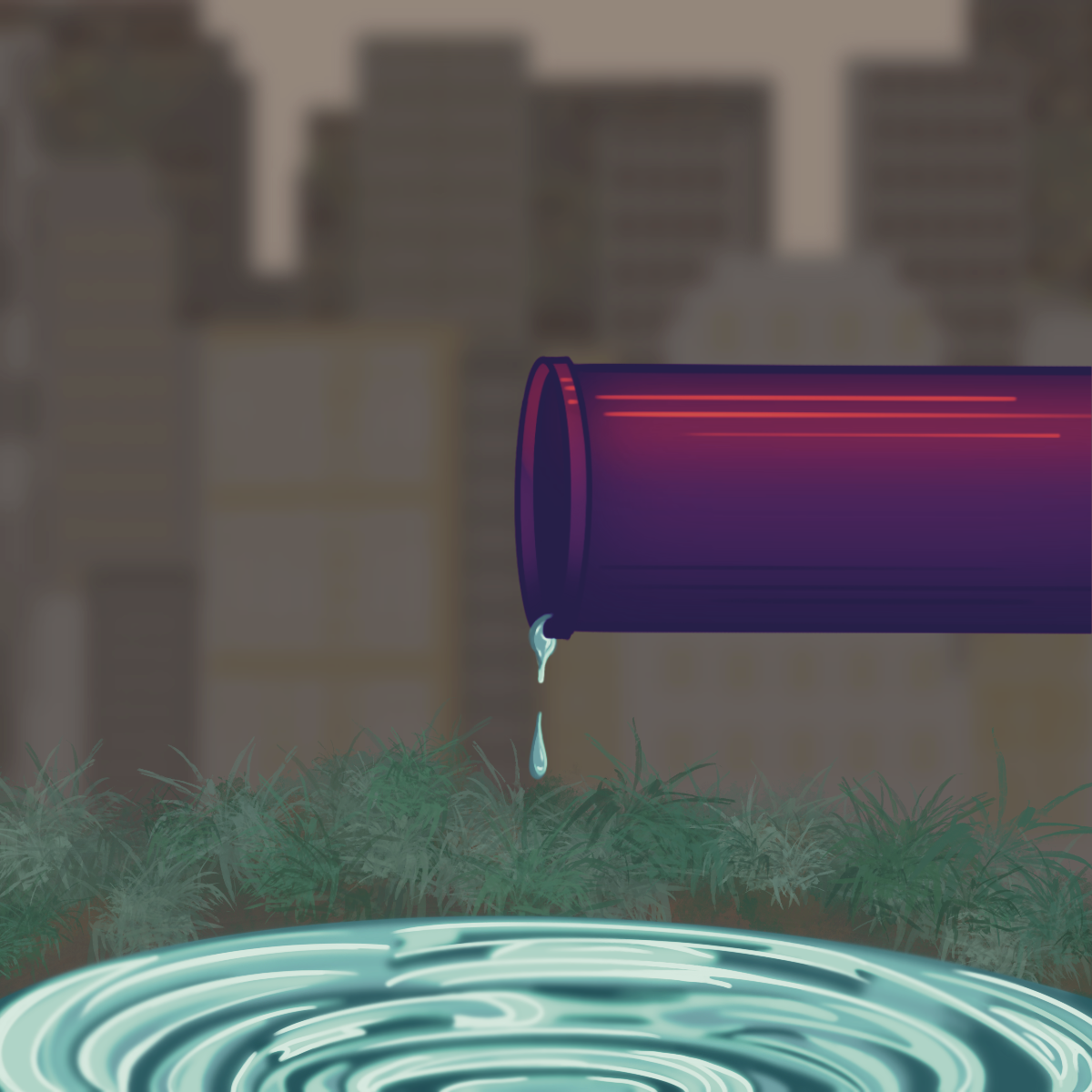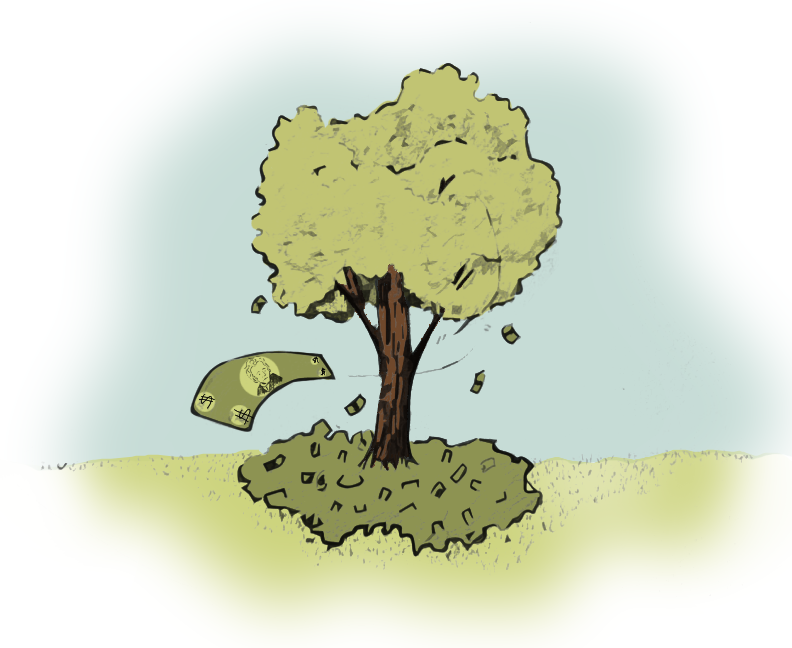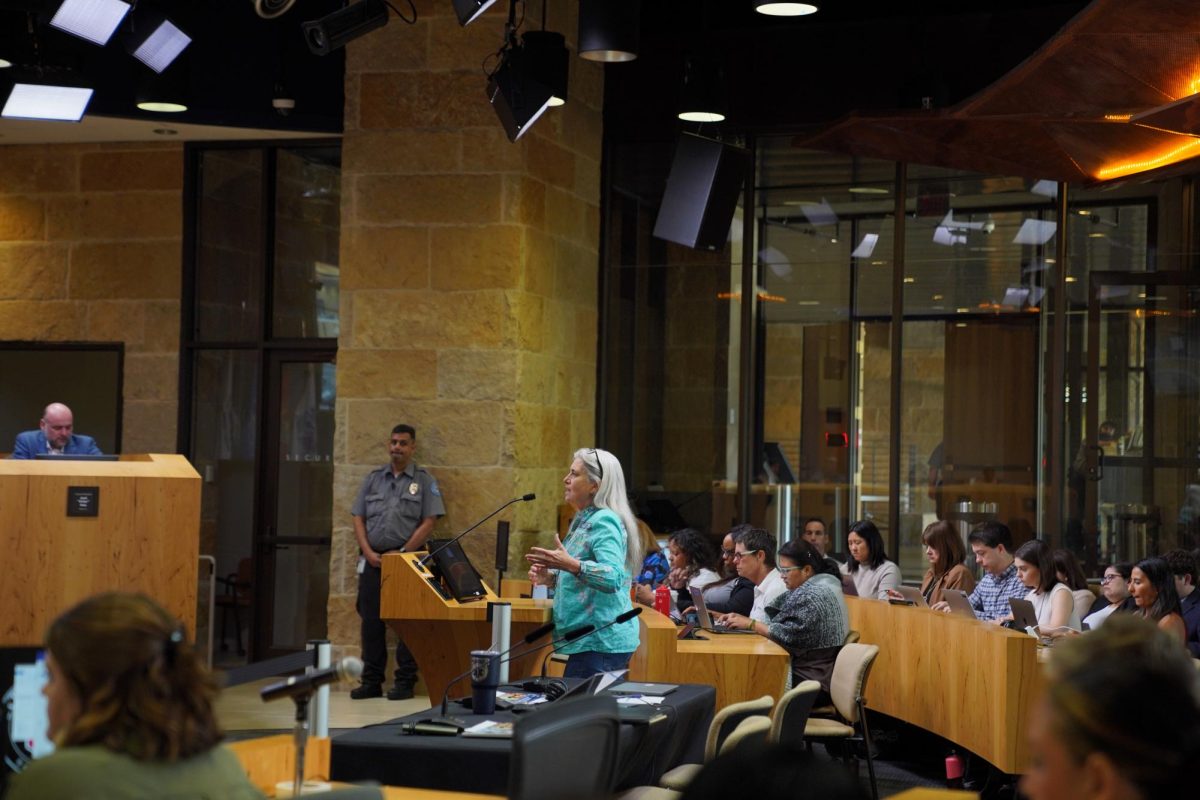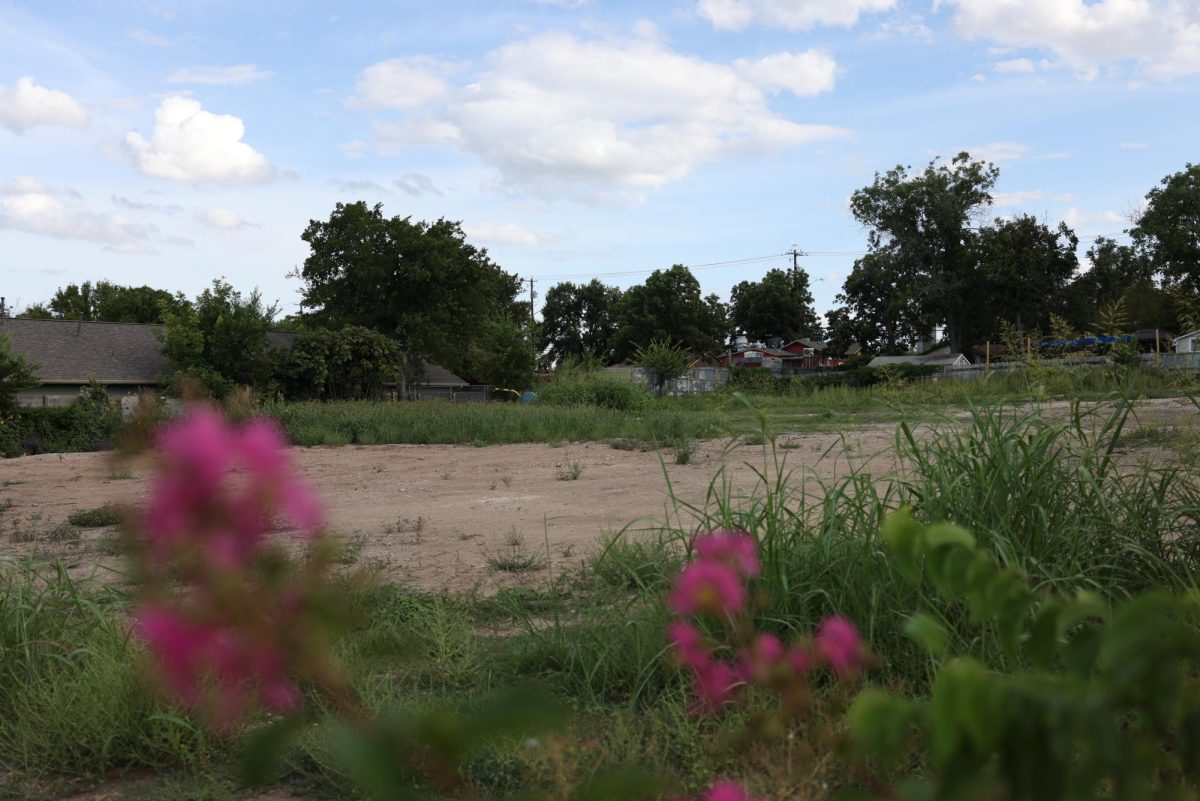The City of Austin approved a program to increase reclaimed water use for non-drinking purposes on March 7.
The GoPurple initiative, created by Austin Water, incentivizes future developments to install Onsite Water Reuse Systems and connect to the reclaimed water system by paying a portion of the cost to expand the pipes, reducing capacity charge and expediting permits.
The program will be funded through a new community benefit charge of $1.47 added to residents’ utilities bill, calculated from the amount of water used by consumers. Customers will also have the option to join a Purple Choice or Purple Choice Plus voluntary program, according to Austin Water.
Reclaimed water is wastewater generated by homes and businesses that has been treated for non-potable uses, and then can be used for services such as irrigation, cooling towers and toilet flushing, Xaxier Rivera Marzán, executive director of UT’s utilities and energy management department, said in an email.
The City of Austin first implemented a reclaimed water system in the early 1990s and continued to grow the system in the following years after an eight year drought, said Katherine Jashinski, supervising engineer at Austin Water.
Rivera Marzán said the University first installed reclaimed water on campus in 2002. It was first used in 2013 at Chilling Station 5. It has since been implemented at more chilling stations, the Moody Center, Dell Pediatric Center, Dell Medical Center and the park at San Jacinto and Dean Keeton. Jashinski said the price changes will not affect the UT campus itself, as the University is a state institution. Students who live off campus will be subject to the price change to their utilities.
The plan, called Water Forward, has different strategies to make sure the city has water in spite of unprecedented growth, Jashinski said.
According to the 1999 agreement with the Lower Colorado River Authority, which provides water to the city, Austin must pay an annual fee if water use exceeds 201,000 acre-feet for two consecutive years. While Austin was projected to hit this threshold by 2015, the city’s initiatives have helped the city avoid the threshold and save $10 million.
“I always like to make the analogy that buildings used to not have elevators and eventually that became the norm, so that everyone can have access to the top floors,” Jashinski said. “Those are systems that are mechanical and complex. They’re kind of expensive, but they’re necessary.”















